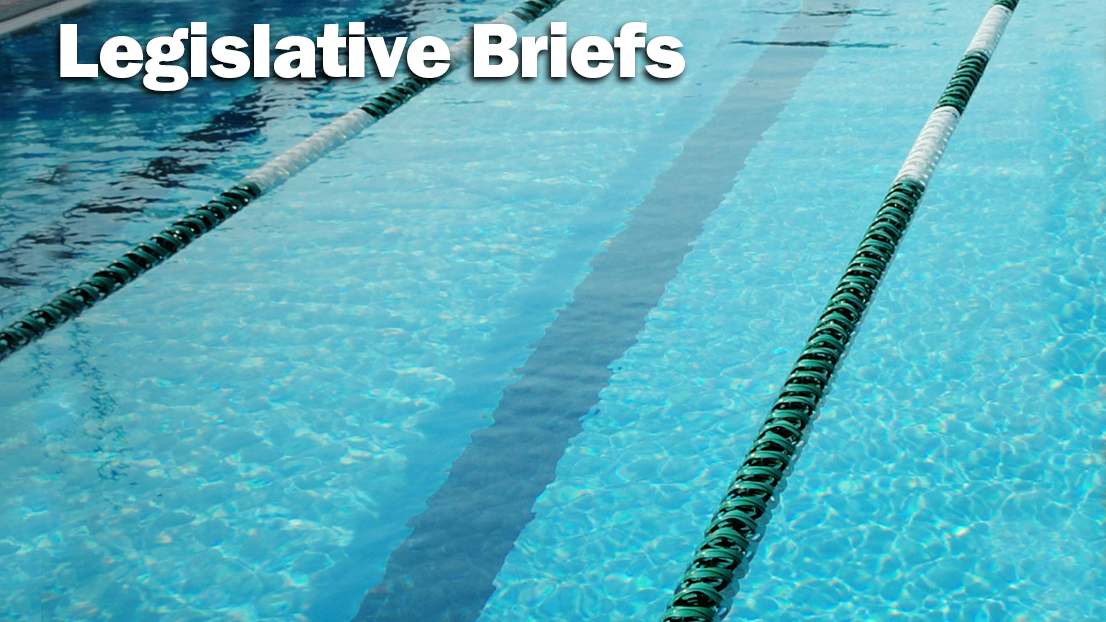Recruitment
The purpose of this article is to make sure students, coaches and institutions are following recruiting rules as they are laid out in the handbook. NAIA recruiting regulations differ from those of other collegiate athletics associations, and even apply differently based on the enrollment history of the student being recruited, so it’s important to ensure NAIA regulations are understood.
Recruitment of a Current High School Student
The NAIA does not regulate the contact between a coach and a current high school athlete. Keep in mind that the national office does not recognize a Letter of Intent, but a school or conference might as a part of their rules. What the NAIA does regulate are campus visits and tryouts, which we will cover in the next brief.
Recruitment of a Non-Enrolled Student
Initial contact with a non-enrolled student that has drawn equipment and is engaged in organized pre-school practice with a higher education institution, is not allowed.
Recruitment of an Enrolled Junior College Student
During the student’s first year at a junior college, a coach cannot initiate contact with an enrolled student. Communication with this type of student is allowed only after the student has concluded a full academic year in which the student has competed in their first season of competition. Notification to the junior college is not required if the student is a junior college graduate or the student has completed the academic year in which they’ve used a season of competition.
Recruitment of an Enrolled Student (Four-Year Institution)
A coach may not contact a student who is currently enrolled at a four-year institution. If a student wishes to obtain information on a school and contacts an NAIA coach or staff member, the member institution’s athletic director or faculty athletics representative must provide notification to the student’s current institution of the initial contact within 10 days. The notification must be provided in writing by the athletic director or faculty athletic representative.
Frequently Asked Questions
Q: A student-athlete from school A reaches out to a coach at school B and leaves him a message on his cell phone. The student’s friend attends school B and he wants to transfer to play with his friend. The coach has not returned the student’s phone call. Is notification required at this time?
A: No, if the coach chooses not to return the student’s phone call, the interaction has not occurred and the coach does not have to provide notification.
Q: If someone other than the student initiates contact with a coach, is notification still required?
A: Yes, Parents, teammates, friends, roommates, all are considered extensions of the student-athlete. Therefore, if a coach receives contact from one of these individuals, the coach must provide proper notification to school A if he wishes to interact with any of these individuals.
Q: I started to recruit a student his senior year of high school. He decided to attend a different four-year institution this year, and has just recently contacted me. Since I’ve had contact with him since high school, do I still have to notify his current institution?
A: Yes, the student has enrolled at a four-year institution which means you must provide notification to the student’s current institution within 10 days of the initial contact.
Q: I am a coach and received a phone call from a student-athlete. I answered the phone call and the student introduced himself and told me of his intention to transfer. I told the student that in order for me to go any further with this conversation, I must notify his current institution of his intention to transfer. The student said he is not ready for his current school to know he wants to transfer. The conversation ended. Do I, as the coach, need to provide contact to the student’s institution at this point?
A: No, at this time, the coach did not actively engage in conversation regarding the opportunity to transfer. By immediately bringing to the student’s attention the requirement of notification, and by the student choosing to stop the conversation before any further discussion about transferring or recruiting occurs, the coach does not have to provide notification.
For more information, please view our power point here.
For more information on all legislative topics, join us on Periscope (@NAIA_News) at Noon CT every Tuesday!
CHECK OUT MORE LEGISLATIVE BRIEFS: 2016 | 2015 | 2014
Watch on #Periscope: Legal Eagles on Recruitment https://t.co/pBHAxH2XRI
— NAIA (@NAIA_News) October 4, 2016



